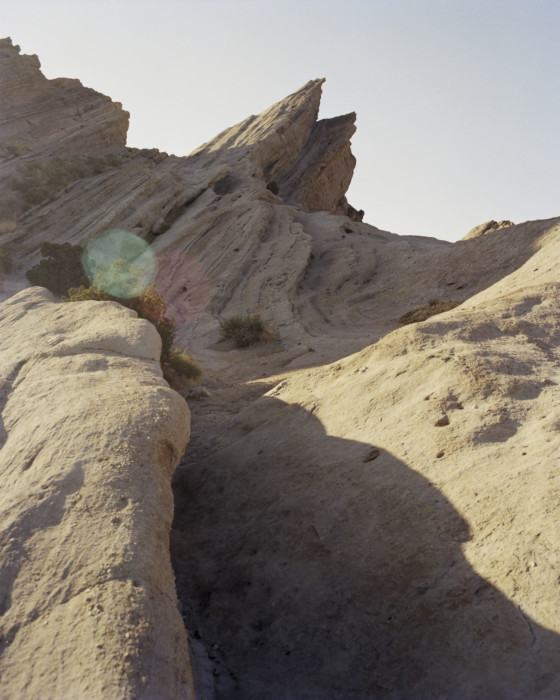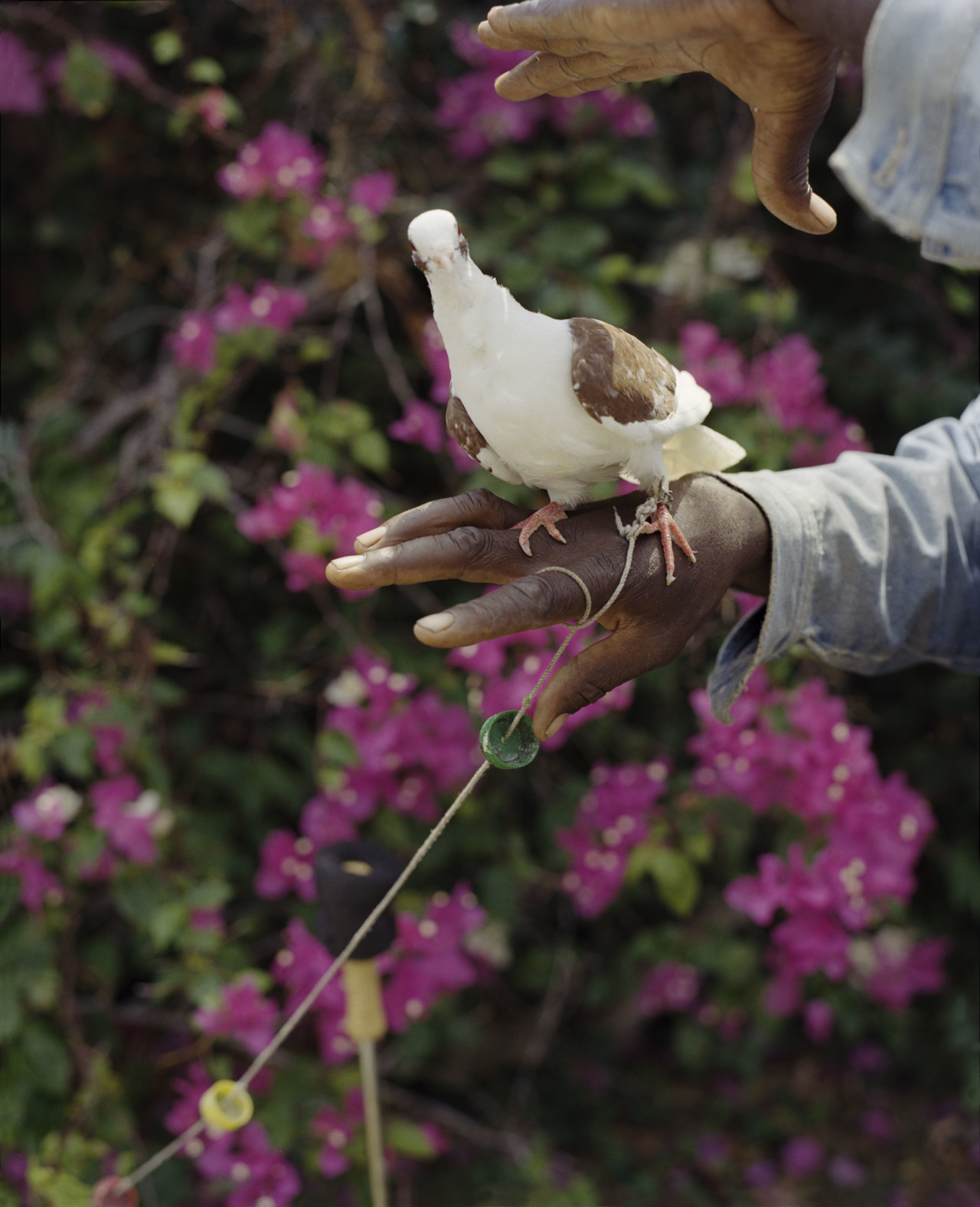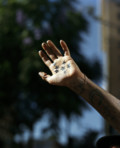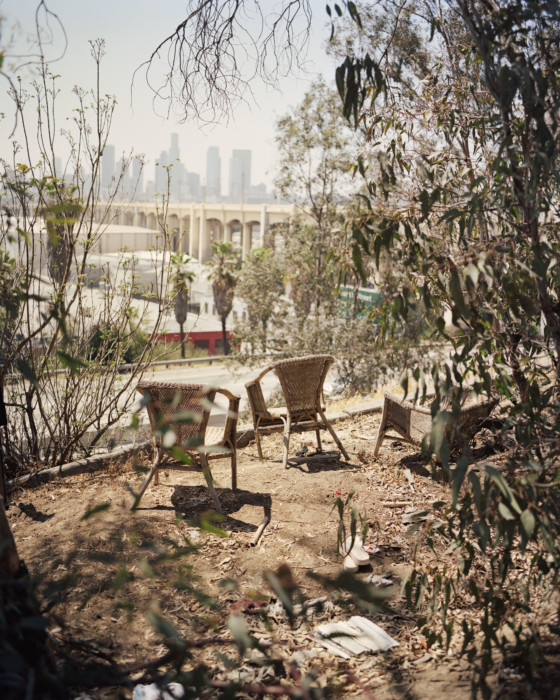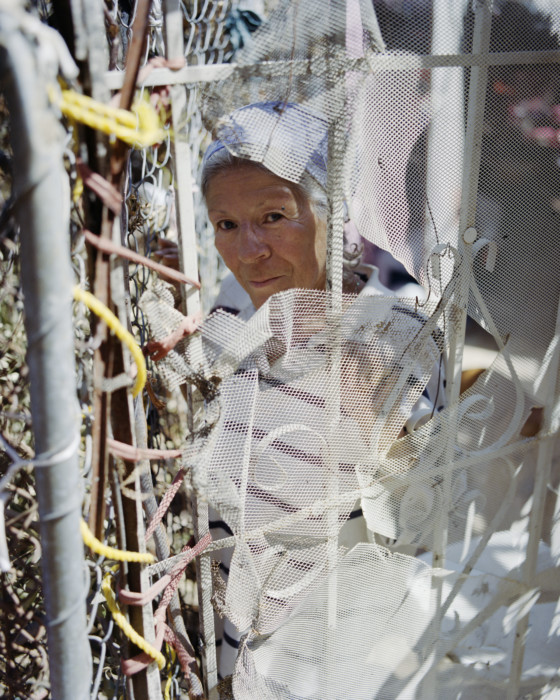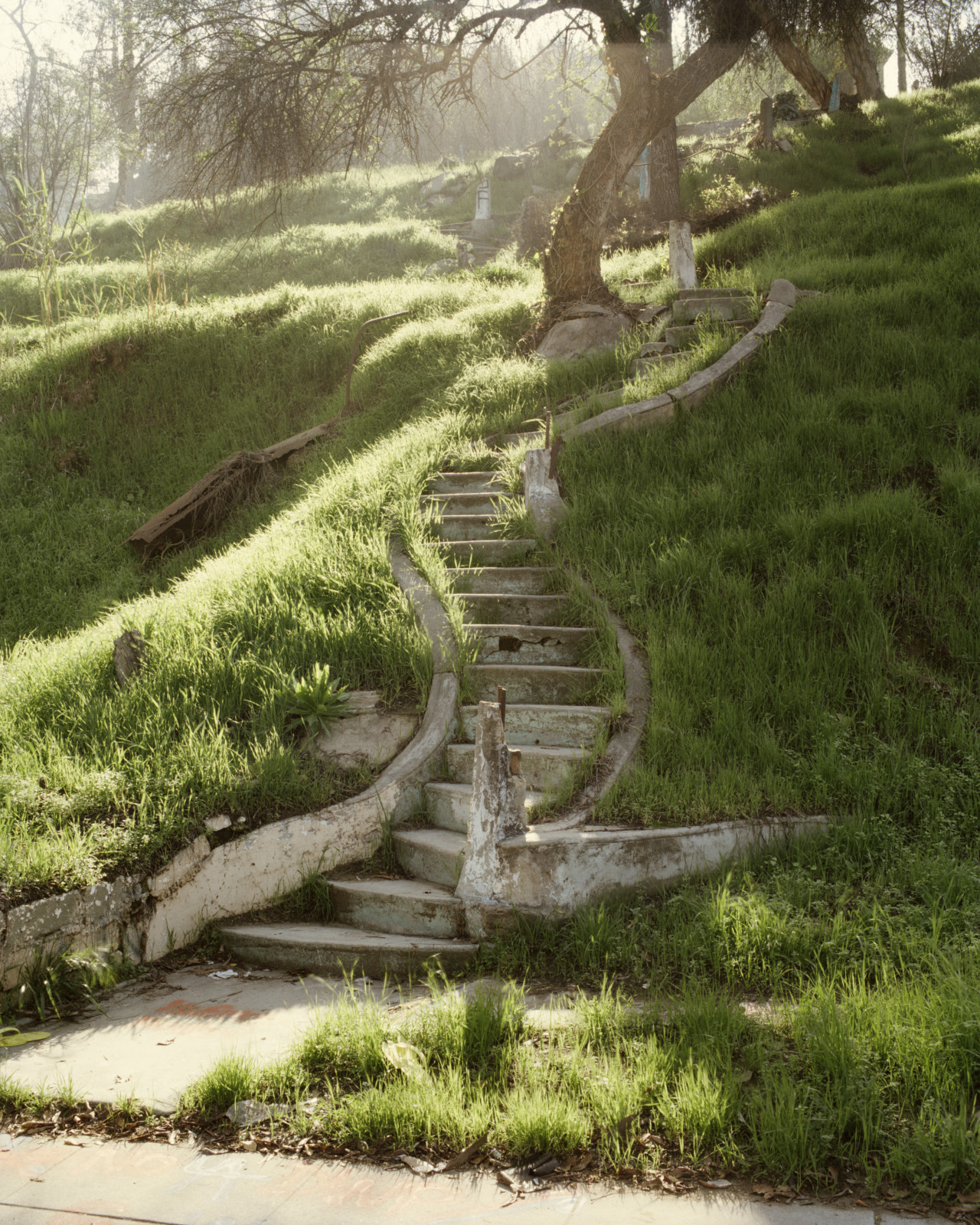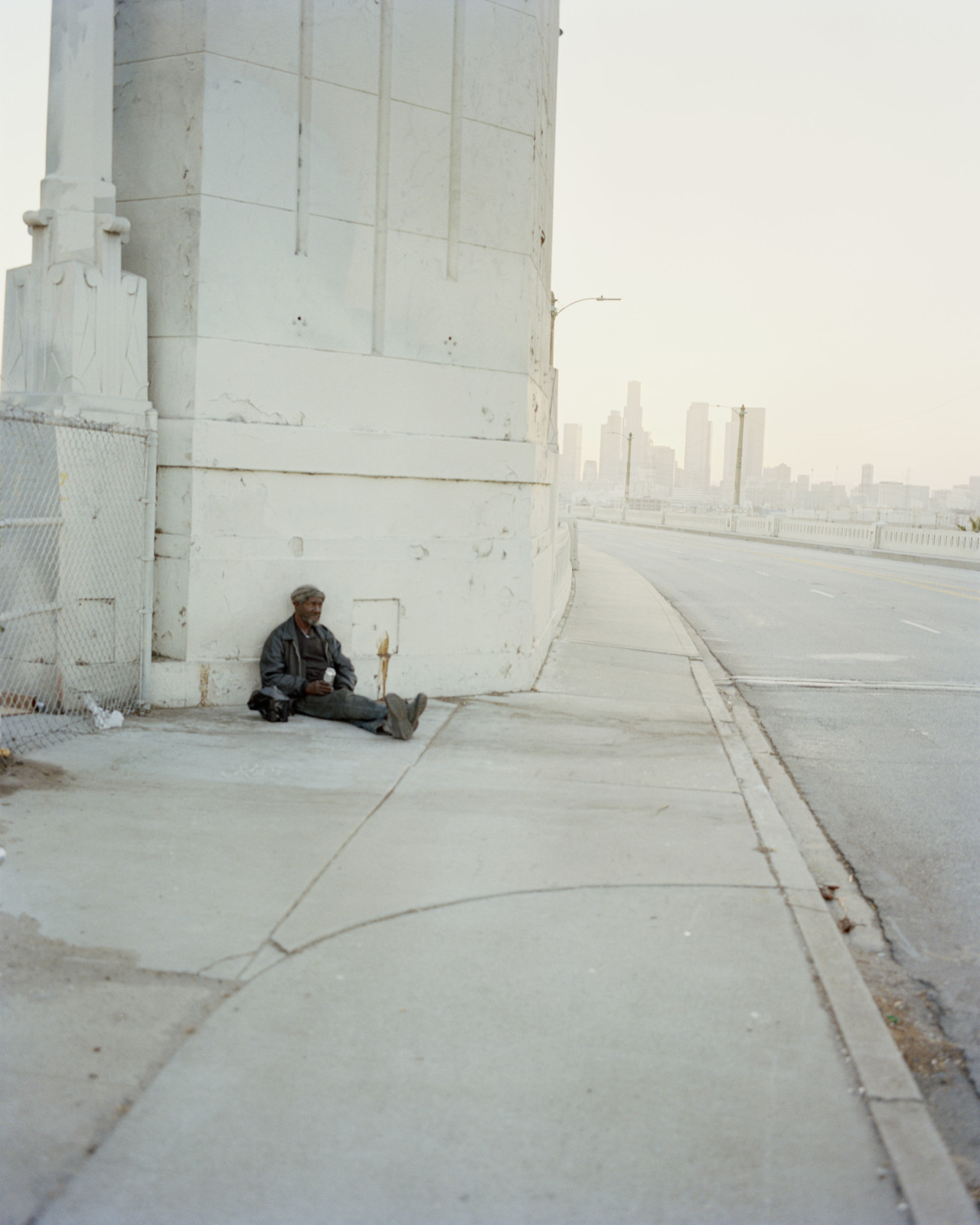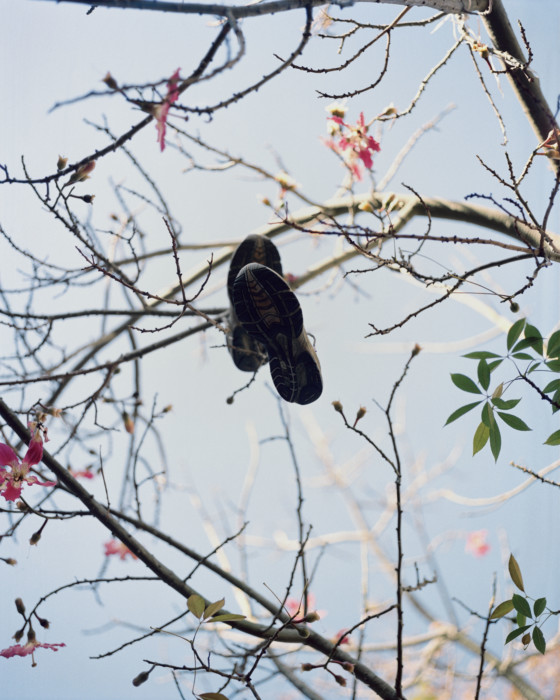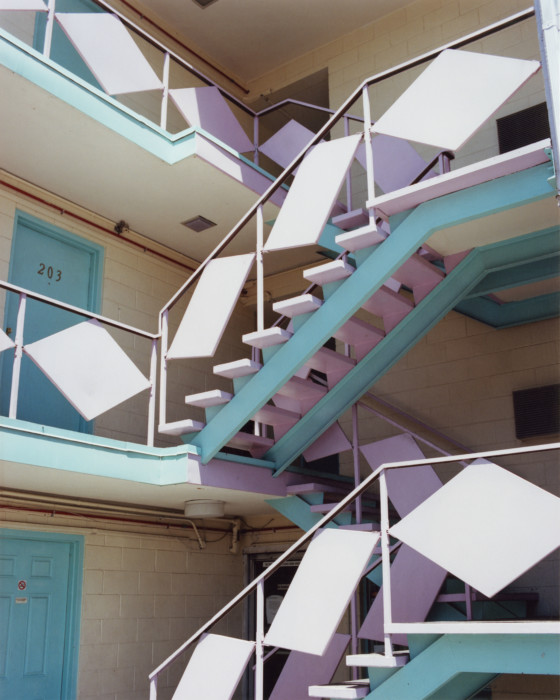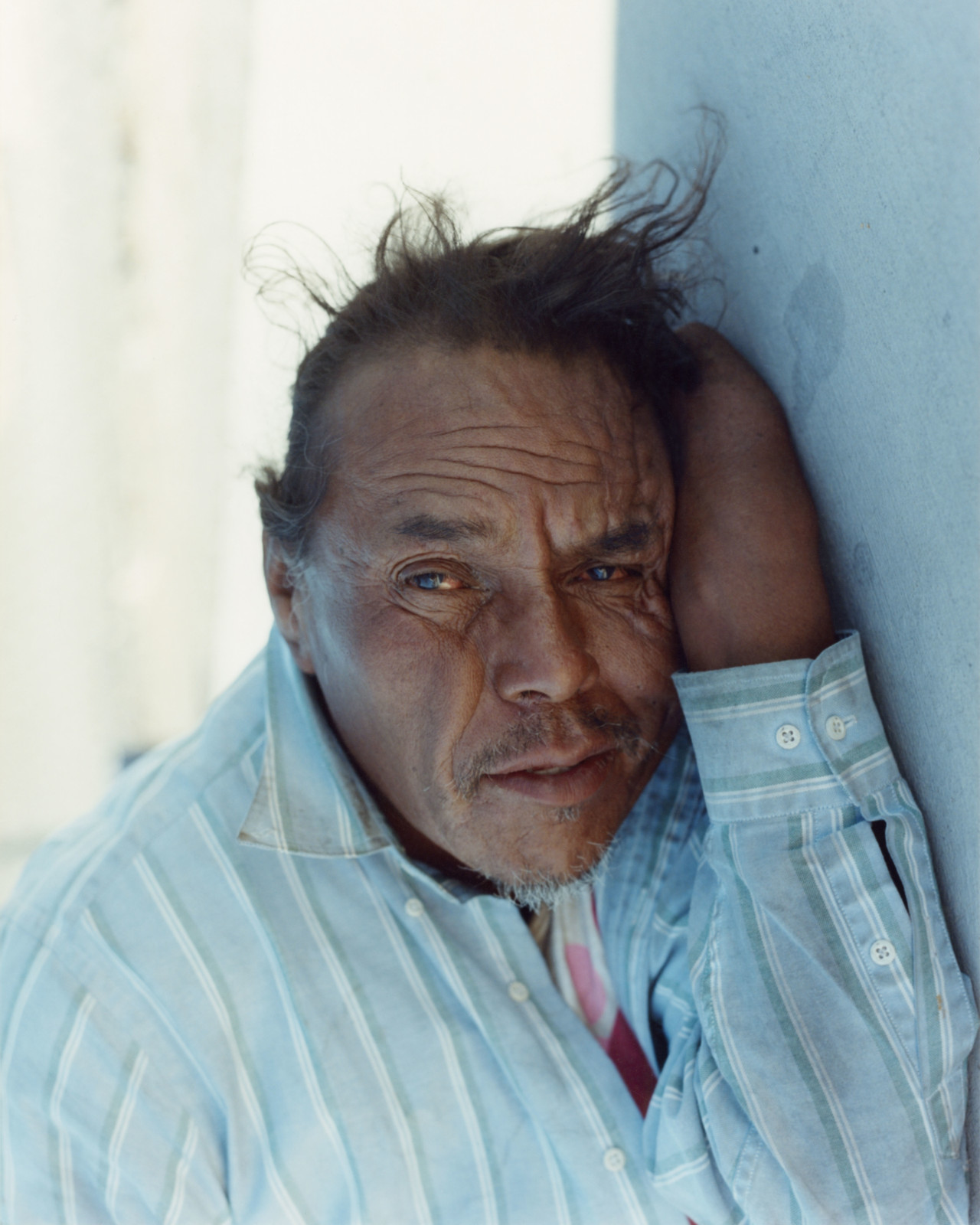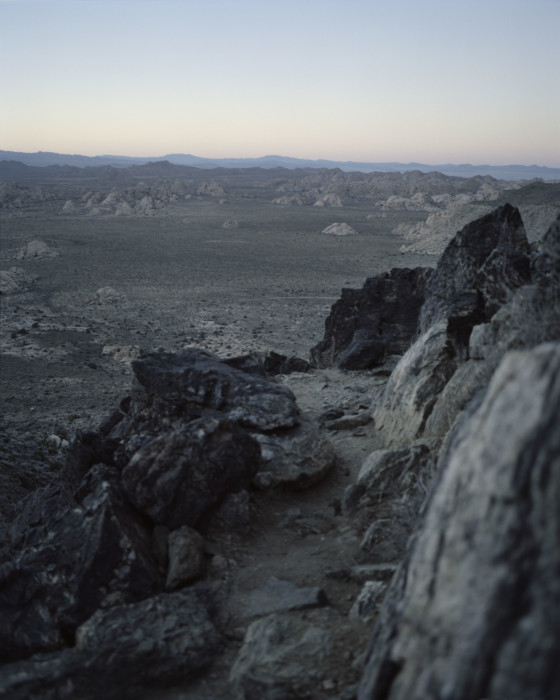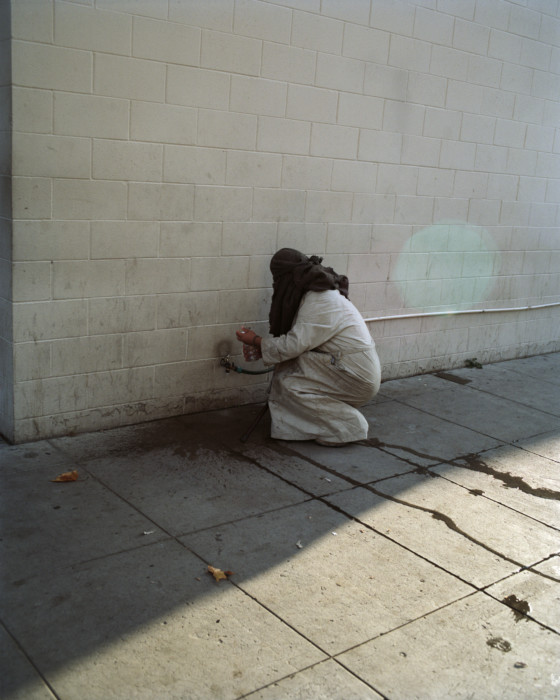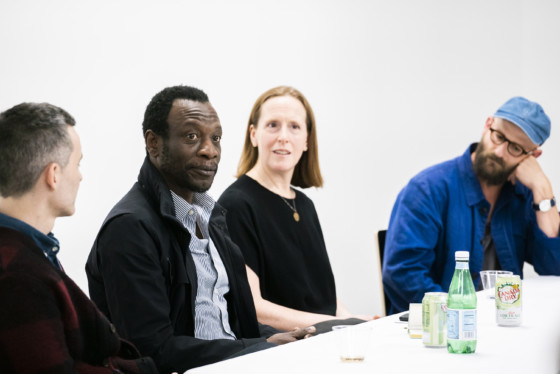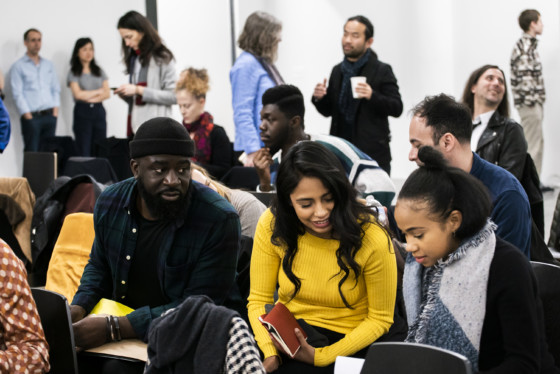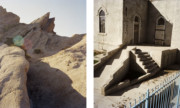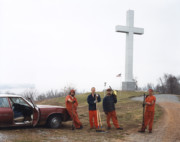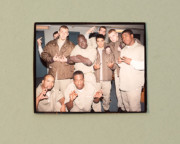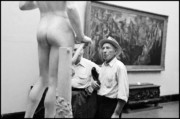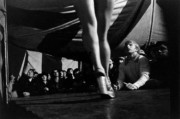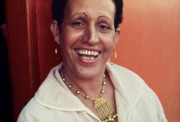Mastering the Medium and Sustaining Your Practice
Five insights from our professional practice masterclass for up-and-coming photographers at Mana Contemporary
Photography is a calling and a need to communicate through images. It is a language all its own, one which benefits from a diverse array of applications in the world of art — be it museums and galleries, book publishing, commercial or editorial work.
Upcoming photographers find themselves charged with the dual tasks of mastering the medium while also developing a sustainable business practice. Those fluent in the language of photography excel when they learn how to translate their vision across these platforms , very often by winning over an audience of one: those gatekeepers who can help the photographer build a mutually beneficial partnership.
In early April, Magnum hosted an educational two-day professional practice workshop at Jersey City’s Mana Contemporary, in the United States, which was part of the Mana Photo program and featured presentations by leading figures in the field who offered insights on their inspirations, stories about significant projects, and hard-won wisdom after collective decades working across the industry.
Here we share five key insights from speakers Magnum nominee Gregory Halpern, Azu Nwagbogu the director of the Zeitz Museum of Contemporary Art Africa, photobook publisher Michael Mack – of Mack Books, TIME’s Paul Moakley, and MoMA’s Sarah Meister.
Gregory Halpern: Be Committed, Honest, and Open
2018 Magnum nominee photographer Gregory Halpern shared the words that Harvard University professor Chris Killip imparted to him on his graduation day: “Think seriously about if you want to be a photographer. It won’t be easy.”
Reflecting upon the memory, Halpern smiled, appreciating Killip’s straightforward advice which he credits with having centered him at the start of his career. “Be honest with yourself about the path you have chosen to pursue.
Perseverance, combined with a collaborative spirit and clarity of thought, opens windows when doors close. “Rejection is something we’ve all signed up for,” Halpern said, while presenting an old rejection letter from W.W. Norton in the slide show. He described it as, “The nicest one I received.”
Sensing a connection, Halpern kept in touch with the publisher, applying the feedback he received, revising the project, and eventually publishing his first book, Harvard Works Because We Do, with W.W. Norton in 2003.
“You are not your work. When you receive critical feedback, try to remember that separation and not be discouraged,” Halpern said. He explained the importance of creating feedback loops, both in working with a book editor, and editing your own work so that you can create from a place of freedom and possibility, then discover your voice through the editing process.
“When I photograph, I generally work in an intuitive way, whereas the editing process is more rational, more detached,” Halpern said. With time and distance, he is able to see the work more clearly and edit it more effectively.
“It can be helpful at times to work just for yourself, without considering an audience, or perhaps even just considering an audience of one, if the person is well-chosen,” Halpern said of personal work. “The goal should not be to please, but to have a clear voice, to be ok with taking a lot of bad pictures along the way and to be willing to put away good pictures for a long time.”
"You only need one person to give you a shot. Try to connect with a select few."
- Paul Moakley
Paul Moakley: Shoot Your Shot and Stay in the Game
Paul Moakley, as Editor at Large for Special Projects at TIME and caretaker and curator of the Alice Austen House in Staten Island, has a broad view of the photographic industry. “It is always inspiring [to me] to have conversations about photography,” Moakley said, urging photographers to develop relationships through patience and hard work.
“You only need one person to give you a shot. Try to connect with a select few. Don’t wait for assignments to cover. We need photographers to pitch to us,” Moakley said. “The pitch should be three lines: Why is this new, different, and interesting? Make sure the story is sound and be prepared to respond to the audience.”
With more than 20 years in photography, Moakley understood: “There is space for everyone. Get in where you fit in. Find out where you connect and what you can bring to the conversation. Develop relationships with gatekeepers — you never know when they will be looking for your work.”
It’s a truth illustrated by the case of Devin Allen, whose black and white shots of the Baltimore uprising following the death of Freddie Gray in 2015 went viral and made their way to the cover of TIME after editors saw them on Instagram, making Allen just the third the amateur photographer in the magazine’s history to have ever secured this placement.
He further conceded the importance of social media in photography today: for Moakley, Instagram is a Rolodex at his fingertips, where he can peruse not only the work of photographers but also photo editors and curators in order to get a beat on the latest. “Instagram is how you represent yourself and carry yourself in the world. Be consistent. Satisfy yourself.”
Michael Mack: Put Integrity Above All Things
As publisher of MACK Books, Michael Mack makes it his business to keep photography books alive — vibrant, vital sources of inspiration, resource, and renewal. It began with what he described as, “a mixtape approach” to influences that informed his aesthetics, ideas, and approach to the book as an object of creative exploration.
“Book publishing is an incredibly passionate business,” Mack said. “I feel I have to fall in love with the art, the ideas, the artist. The market is not always right. Many books don’t have an immediate impact. You have to push through.”
For Mack this includes republishing classic photo books like Larry Sultan’s 1992 Pictures From Home, and in doing so restoring to them the integrity of the photograph: Presenting the original publication alongside MACK’s 2017 edition, the distinction is clear: the publisher has the power to take a photographer’s work to greater levels the more they guide, as opposed to interfere, with the integrity of the work.
“My luxury is to stay small, stay focused, and maintain a program I can be involved with,” Mack said. “I refuse to do more. Make choices carefully. There is no crisis in book publishing; there is only business.”
That business empowers Mack to work with photographers to use books to shape the interior landscape of the mind, and with the possibilities of mass reproduction, transmit ideas on a large scale. The power lies within, as Mack observed, “This is what you have the capacity to define and determine in the new work you make.”
Azu Nwagbogu: Control the Narrative to Shape Your Destiny
With African art gaining greater visibility and representation in the art world, Azu Nwagbogu, Director of the Zeitz Museum of Contemporary Art Africa in Cape Town, South Africa, recognizes the power the curator holds when it comes to informing, shapeing and influencing “the idea of Africa.”
“Curators can demystify, change perception, create empathy, and take responsibility in reshaping the story of Africa and the rest of the world. We have agency and ownership of narrative, how do we shape the culture through photography?” Nwagbogu asked.
The shift begins in decolonizing how we think about contemporary photography — which is to say identifying the Western, imperialist lens placed upon the medium, its content, and constructs and recognizing the filter for what it is. In doing so, other voices and visions can emerge, artists who speak of their lives and experiences as insiders, inheritors of indigenous traditions that exist independent of foreign influence.
For Nwagbogu, it is important to challenge AfroPessimism and embrace AfroFuturism in art. “In what ways does photography inform the future?” Nwagbogu asked.
“Africa is represented pessimistically. Photography had gone a long way to reinforcing this — but it can also be used to challenge these notions through engagement. Africa is always in translation. Education is vital. AfroFuturism is the passion of the diaspora to participate, to make things by imagination, and to change perception through activity. Do not replace one cliché with another.”
"There are still things to discover. Be willing to fail and try to learn something from it"
- Sarah Meister
Sarah Meister: Believe in the Power of Art to Teach & Transform
As photography curator at The Museum of Modern Art, Sarah Meister is deeply conscious of challenges facing photographers working today. “How do you get someone to pay attention?” she asked, voicing the question everyone wants to know the answer to.
Her suggestion was that it’s a continual process of identifying your subject, finding your voice, establishing a team, building partnerships, creating a vision, and executing it, over and over again without the need for immediate gratification. “If everything you do is public, it is harder to take a risk,” Meister observes. “There are still things to discover. Be willing to fail and try to learn something from it.”
Meister offered a glimpse into several projects she is working on simultaneously including Frances Benjamin Johnson: The Hampton Album, Dorothea Lange: Migrant Mother, and the grand redesign for the MoMA’s reoopening – scheduled for October 21. This redesign will see photography no longer relegated to the third floor galleries, but presented as a vital and integral medium to be viewed alongside all other mediums.
“The idea of ‘a’ history of photography is obsolete. It is more interesting to think about stories unique to the medium and stories that cross disciplines,” Meister explained. “Believe in the power of art to teach people about themselves and the world around them. There is no path through the museum. People are coming at art from all different directions, dynamics and responses to the world around us. Photography doesn’t exist in isolation but is a part of the fabric of everyday life.”
This workshop was developed in partnership with Mana Contemporary, The Photography Show – presented by AIPAD, and Aperture.


